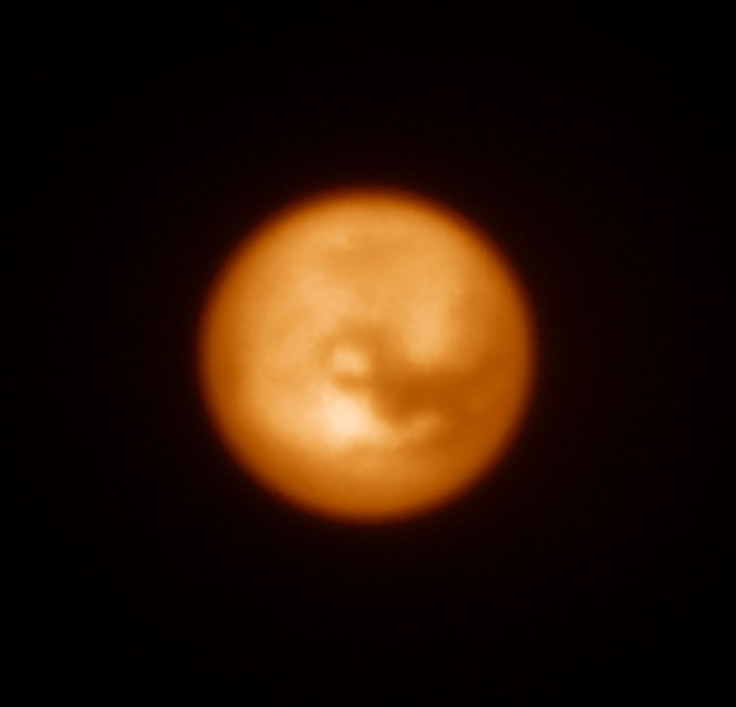Titanic Dunes: Gigantic Hydrocarbon Hills On Saturn's Largest Moon Formed By Shifting Winds

Massive dunes on Titan -- Saturn’s largest moon -- some of them hundreds of feet high and hundreds of miles in length, have puzzled scientists studying the mechanism of formation of these gigantic, undulating mounds. Titan, which has a thick atmosphere and dense hydrocarbon lakes filled with methane and ethane, is believed to be the only body in our solar system other than Venus, Earth and Mars, to have wind-blown dunes on its surface.
However, the dunes on Titan are nothing like those on Earth or Mars, according to two separate studies published Monday in the journal Nature. Researchers found, using data gathered from the Cassini orbiter, which has been observing Saturn for over a decade, that the dunes are composed of hydrocarbons, and “may possibly include particles of water ice that are coated with these organic materials.” On Earth and Mars, sand dunes are composed largely of silicates.
The researchers, led by Devon Burr -- a planetary scientist at the University of Tennessee who formerly worked at the SETI (Search for Extra-Terrestrial Intelligence) Institute -- used a high-pressure wind tunnel to simulate the wind conditions on Titan and found that the wind speed necessary for creating hydrocarbon-laden sand dunes on the moon -- termed the threshold wind speed -- was about 50 percent higher than previous estimates.
“The team found that the threshold -- or minimum -- wind speed needed to transport Titan's hydrocarbon-rich sand was higher than typical for the prevailing winds on that moon,” the researchers said, in a statement, adding that the higher-than-expected wind speed also solved the mystery of the dunes’ alignment. “The winds on Titan occasionally reverse direction and dramatically increase in intensity due to the changing position of the Sun in its sky. Because the threshold wind speed is so high, only these stronger winds blowing from the west can move the sand and streamline the dunes.”
A separate study on the correlation between the dune patterns and climate cycles on Titan also claimed that the shift in winds could be a result of a shift in long-term climate cycles associated with variations in Saturn’s orbit. The study found that as a result of shifting winds, dunes on Titan could have taken nearly 3,000 Saturn years, or nearly 90,000 Earth years, to form.
Burr said, in the statement, that the findings have down-to-earth implications.
“We see today sediment being wafted over the Sahara desert, across the Atlantic to South America. This wind-blown material accounts for much of the fertility of the Amazon Basin,” he said. “Understanding this process is essential.”
© Copyright IBTimes 2024. All rights reserved.






















